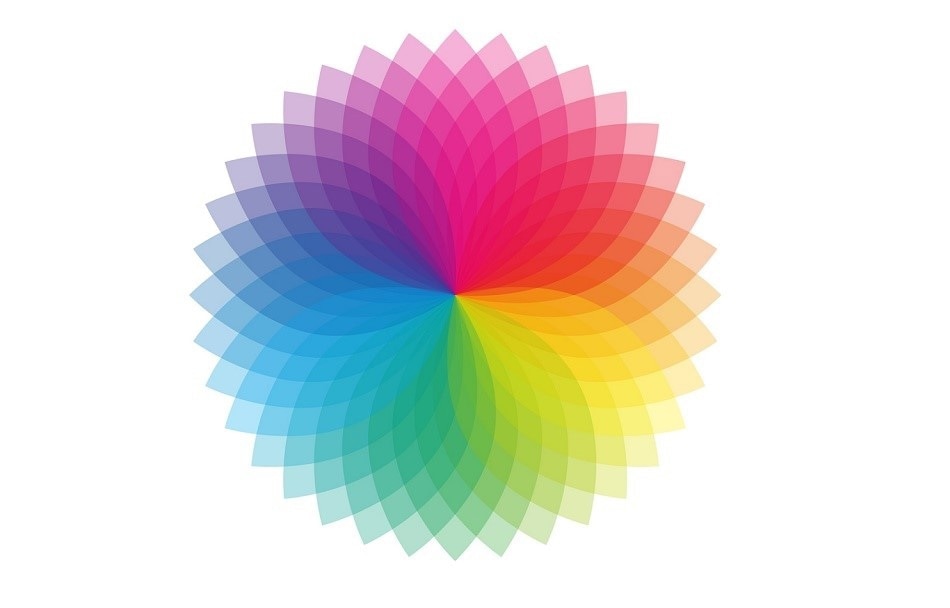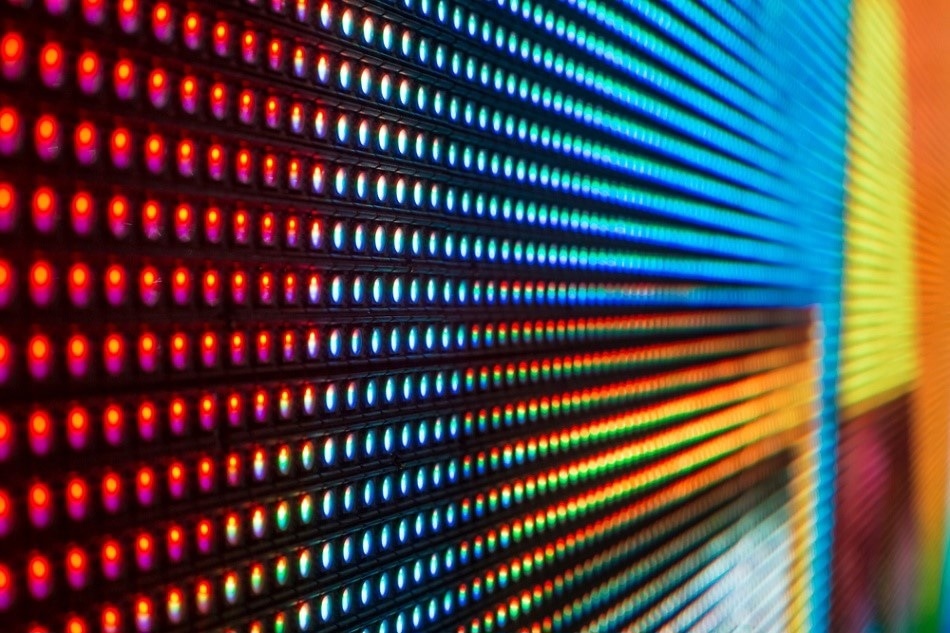Sep 9 2016

Shutterstock | Liga Alksne
Colorimetry is, as the name suggests, the study of color. The technique differs from spectroscopy, which measures spectral output across a range of wavelengths, as it is concerned with how color is perceived by the human eye.
As a result, colorimeters instead take tristimulus readings which give red, green and blue (RGB) values, known as chromacity coordinates, mimicking the way in which the human eye processes visible radiation.
These readings were traditionally taken using three different glass filters, which would only allow radiation through which had wavelengths corresponding to the red, green and blue regions of the visible spectrum.
The technology has advanced significantly since then and the method of chromacity measurement can vary from instrument to instrument. Common methods include spectrometer-like measurements, where portions of the visible spectrum are measured and the wavelengths integrated the wavelengths recorded to give RGB values. CCD cameras can also be used which facilitate spatial chromacity measurements, pixel by pixel.
The Applications of Colorimeters
As the main function of colorimeters is the quantification of human colour perception their main application is in the R&D and QC of lighting and related consumer devices, such as LEDS, phones, tablets and computer screens. Colorimeters are preferred in this instance to more thorough analyses, such as spectrometry, as it provides easily understood data that is fit for its purpose.
Colorimetry can also be used in chemical analysis for compounds that contain a chromophore, a chemical region that absorbs visible radiation strongly - resulting in a bold color. This application can be used in chemical, pharmaceutical and life sciences research such as in histology, where the visualization and quantification of colored tissue stains is a necessity.
Colorimeters are also found on most product production lines where they determine the colour of products such as dyed fabrics, children’s toys and other consumer products, ensuring uniformity and consistency across everything produced.
Colorimeters can also be used for food quality control, ensuring that the quality and color of brightly colored fruits, such as oranges and carrots, is up to standard. Colorimetry has become such a staple of the food industry that 95 of the top 100 food distributors are known to use colorimetry as part of their review process.
Colorimetry is an important component in the R&D and QC processes for display and screen manufacturing.

Shutterstock | Olexandr Taranukhin
What Colorimetry System is Best for you?
As with most established techniques the colorimetry market is crowded. A huge range of systems are commercially available, which vary widely in terms of their accuracy, spectral sensitivity and price.
Different systems are required for different applications. For example, a system which is highly accurate is a necessity for chemical analysis or those working in the display industries, though they come with a large price tag. This level of accuracy is not essential for the food and consumer product industries where, instead, throughput and the cost of the system take priority.
Admesy Advanced Instruments offer an entire range of colorimeters, with different sensitivities and prices, depending on your application needs and budget. Their primary function is for the QC and R&D of solid state lighting and screen technology. Admesy’s colorimeters are designed for easy integration into manufacturing processes, allowing them to be easily installed in-line.
Their latest colorimeter, the Hyperion, includes a low noise circuit, allowing for ultra-high sensitivity measurements. It’s high processing power also means that LED flicker, a phenomenon which results in rapid RGB fluctuations, can be determined. This is especially important in the lighting and screen markets where LED flicker can have a subconscious effect on human stress and happiness.
Radiation Vision System’s ProMetric Family of CCD cameras have the ability to carry out precise colorimetry measurements. As they use CCD technology they can provide spatial information on the color properties of a sample, allowing localized defects to be observed. This makes them perfect for the analysis of large display systems such as televisions and computer screens.
Hunterlab provide benchtop and in-line colorimeters for use in research laboratories and QC process lines.
Hunterlab’s LabScan XE is calibrated to work in the laboratory and is designed to have a small footprint, fitting easily on a laboratory benchtop. This colorimeter is perfect for chemical and pharmaceutical research. Their EasyMatch QC colour calibration software allows colorimetry data to be recorded and analyzed efficiently.
HunterLab also provide an in-line solution for the pharmaceutical and food industries, the SpectraTrend HT. The SpectraTrend HT is built for installation on QC process lines and provides rapid and continuous analysis of the powders, granules and opaque solids used in pharmaceutical production. This technology is also applicable to the food industry, where food being processed can be quickly scanned to ensure it is defect free and meets required color standards.
Konica Minolta provide a variety of colorimeters for a range of applications encompassing LED/display industries, food QC and laboratory research.
For the LED and display industries Konica Minolta provide the CA-310 colour analyser for extremely accurate spatial readings of display technology at both high and low luminesces.
Konica Minolta provide a range of handheld, versatile colorimeters which can be used in many different applications. The CR-410 offers a variety of different color measurements and readings are displayed on an LCD display or can be printed, allowing samples to be labeled and categorized according to their chromacity. The CR-410 is highly portable, providing approximately 800 measurements per battery cycle meaning it is suitable for use in the field.
Konica Minolta also provide application specific colorimeters for the food industry such as their BC-10 Plus, which is designed to measure the colour of baked, fried and smoked foods - to determine if they have been cooked to standard. Their CR-10 colorimeter has been specially calibrated to measure the colour of a wide range of coffee products, including whole green beans, roasted beans and ground coffee.